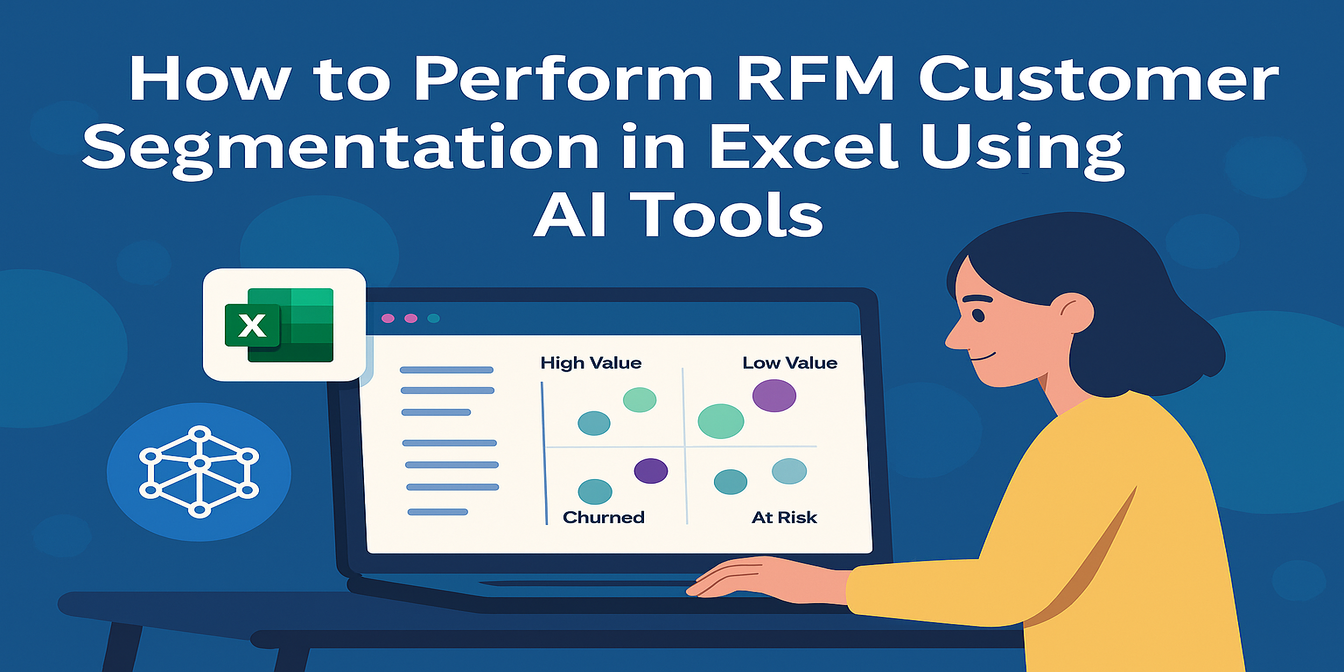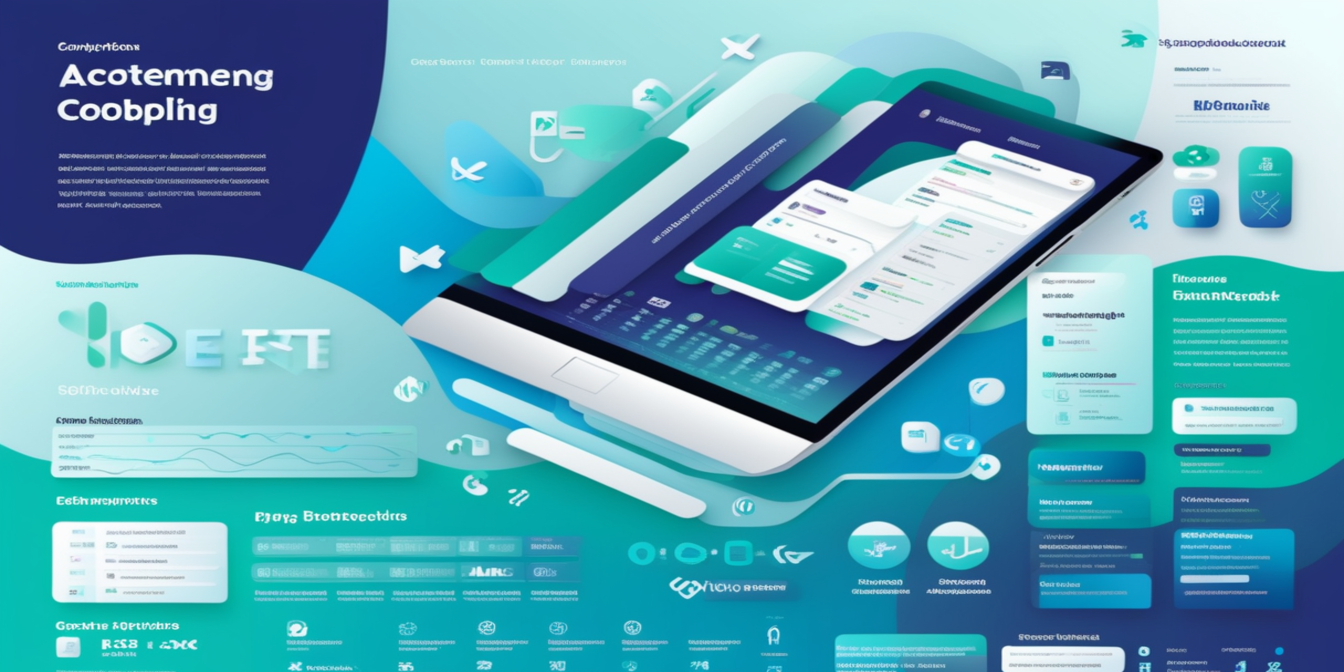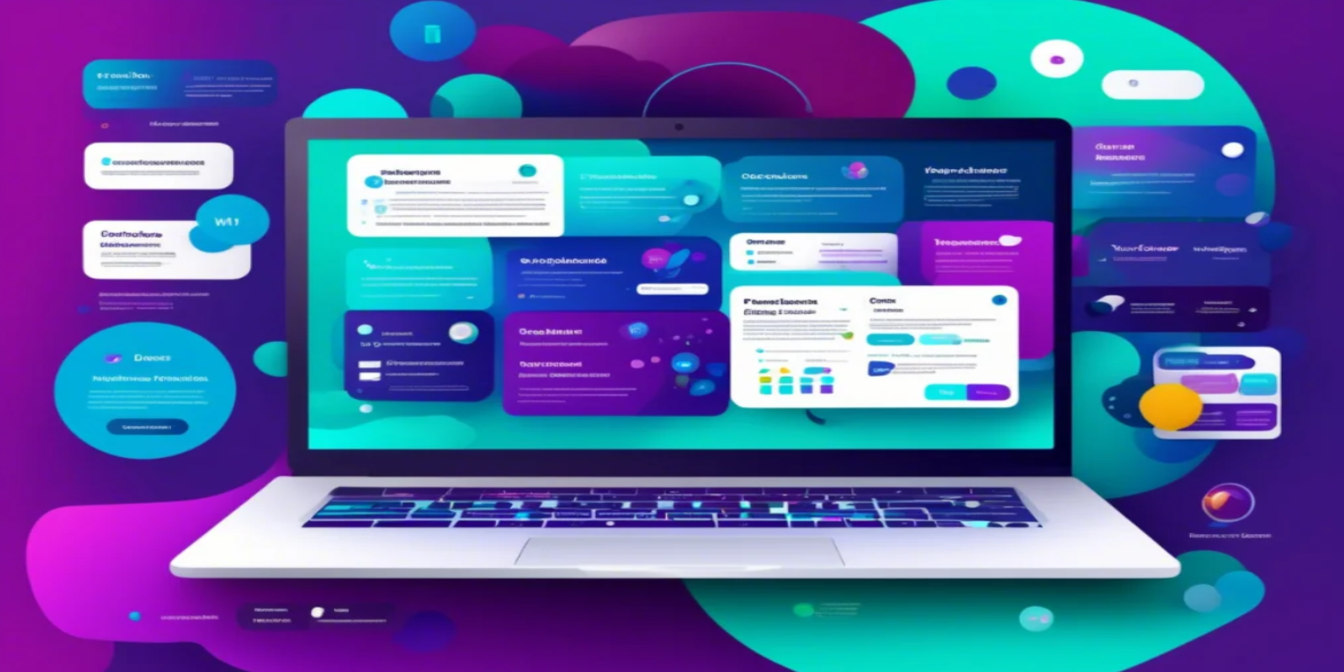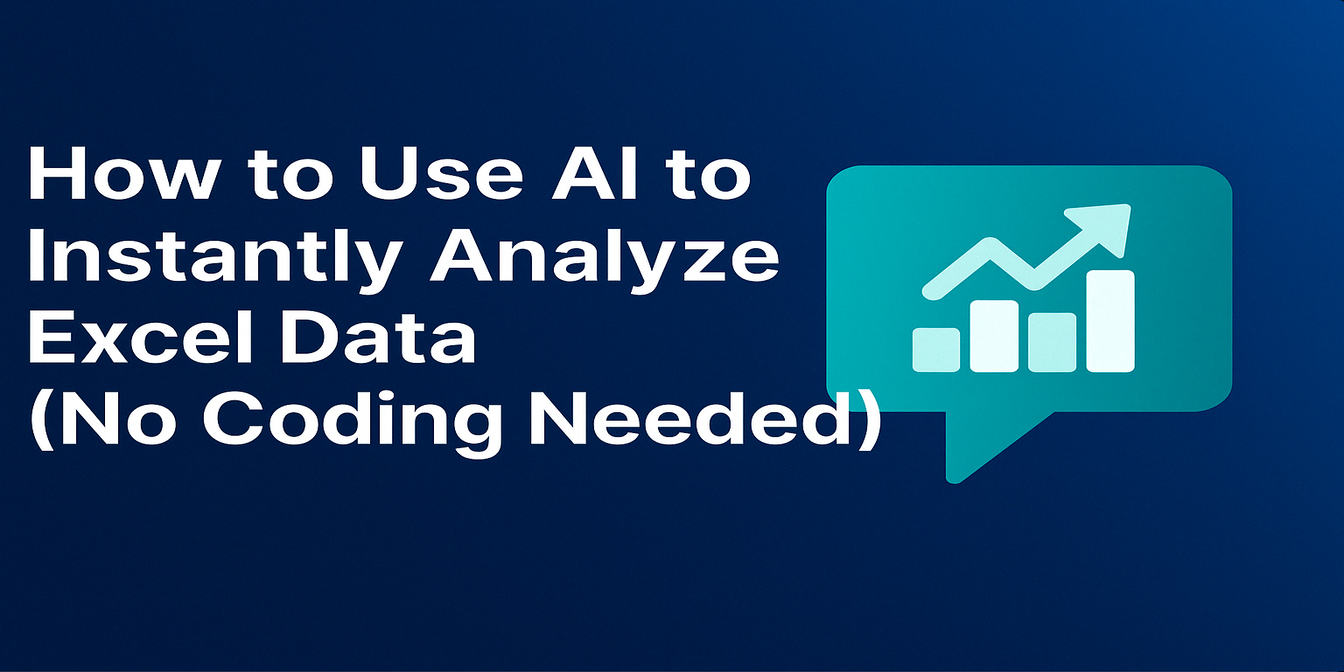In today's fiercely competitive business environment, understanding and predicting Customer Lifetime Value (CLV) is essential for driving growth and profitability. While traditional methods have long relied on manual calculations in tools like Excel, AI is now transforming the way we approach CLV prediction. In this blog post, we'll explore how AI enhances CLV calculations in Excel and compare traditional methods with the innovative approach offered by Excelmatic.
Understanding Customer Lifetime Value (CLV)
Customer Lifetime Value is a metric that represents the total revenue a business can expect from a customer over the course of their relationship. It is calculated by multiplying the customer's average purchase value by the number of purchases they make annually and then by the average customer lifespan in years:
CLV=Average Purchase Value × Purchases per Year × Average Customer Lifespan (Years)
This metric helps businesses understand the long-term value of acquiring and retaining customers.
Why CLV Matters
Calculating CLV is crucial for several reasons:
- It helps businesses allocate marketing budgets more effectively.
- It provides insights into customer retention strategies.
- It enables personalized marketing campaigns.
- It assists in identifying high-value customer segments.
Without understanding CLV, businesses risk focusing on short-term gains while neglecting long-term customer relationships.
Traditional CLV Calculation in Excel
Let's walk through how to calculate CLV traditionally in Excel:
- Open Excel and create a new worksheet.
- Label the columns:
- Column A: Customer ID
- Column B: Average Purchase Value
- Column C: Purchases per Year
- Column D: Average Customer Lifespan (Years)
- Column E: CLV
- Enter your customer data in the rows under these labels.
- In cell E2, enter the formula:
=B2*C2*D2. - Press Enter, then drag the formula down to apply it to other rows.
This method works well for simple calculations but can become cumbersome with complex datasets or multiple variables.
Calculating CLV with Excelmatic AI
Excelmatic revolutionizes this process by allowing users to calculate CLV through natural language conversations. Here's how it works:
- Open Excelmatic and load your customer data.
- Type a question like
What's the CLV for each customer? - Excelmatic's AI instantly analyzes your data and displays the CLV calculations.
Example
Assume you have the following customer data:
| Customer ID | Average Purchase Value | Purchases per Year | Average Customer Lifespan (Years) |
|---|---|---|---|
| 001 | 100 | 12 | 3 |
| 002 | 150 | 8 | 5 |
| 003 | 200 | 6 | 4 |
In traditional Excel, you would manually enter formulas to calculate the CLV for each customer. For example, in cell E2, you would enter the formula =B2*C2*D2 and then drag the formula down to calculate the CLV for other customers.
With Excelmatic AI, you can complete these calculations through simple dialogue:
- Open Excelmatic and load your customer data.
- In the dialogue box of Excelmatic, type the question:
What's the CLV for each customer?Excelmatic will immediately calculate and display the results:
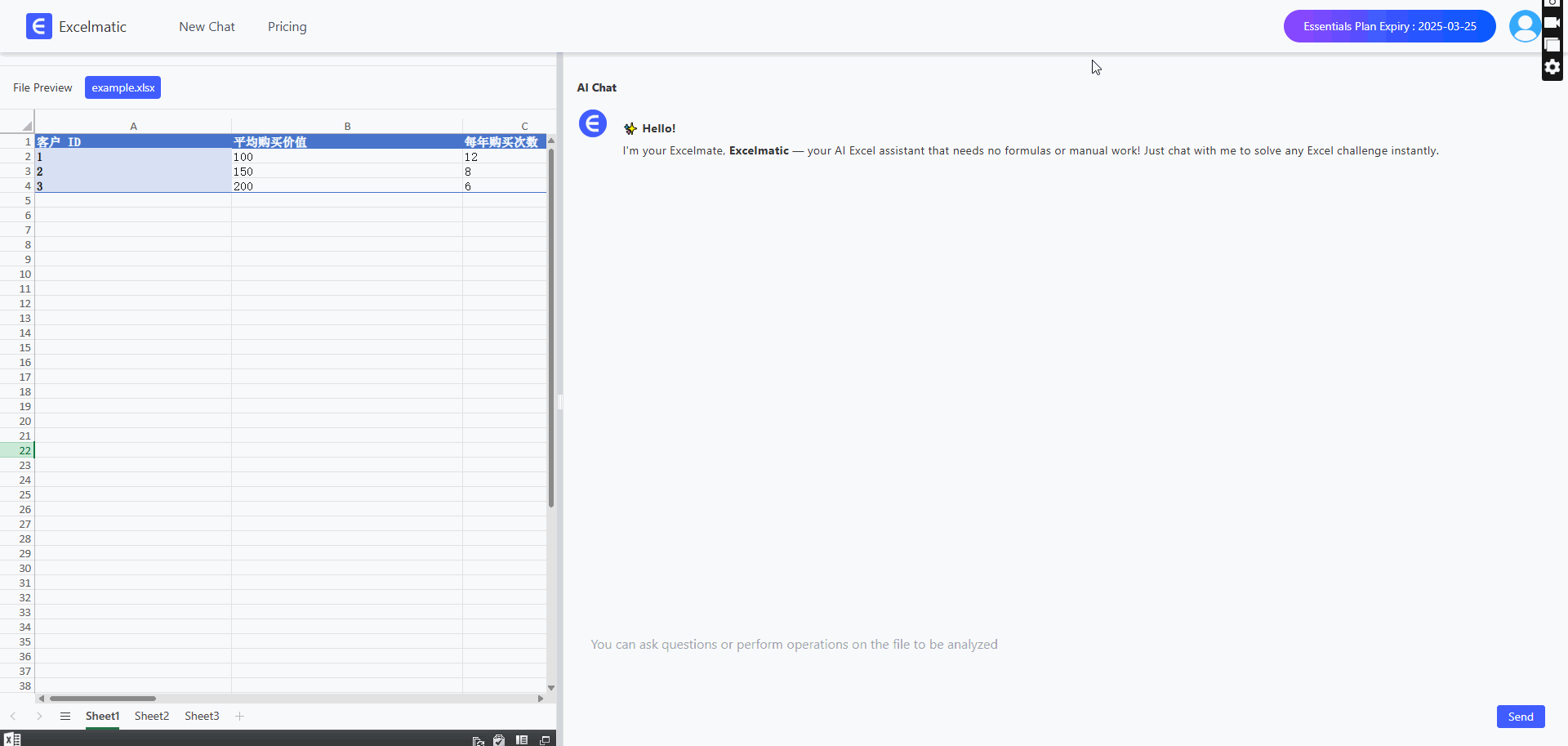
In this way, Excelmatic not only simplifies the calculation process but also provides instant analysis and insights to help you make quick decisions.
Key Differences Between Traditional Excel and Excelmatic AI
| Feature | Traditional Excel | Excelmatic AI |
|---|---|---|
| Data Input | Manual entry or importing files | Supports data import and can connect to live data sources |
| Calculation Method | Requires manual formula entry | AI-driven automatic calculations |
| Complexity Handling | Limited by user expertise | Handles complex calculations effortlessly |
| Time Requirement | Time-consuming for large datasets | Instant results |
| Learning Curve | Requires Excel knowledge | Minimal learning required |
| Error Potential | Higher risk of human error | Reduced error through automation |
| Analytical Capabilities | Limited to what's programmed | Can identify patterns and insights |
Benefits of Excelmatic for CLV Calculations
- Speed: Instant CLV calculations without formula entry.
- Accuracy: Reduced risk of human error in complex calculations.
- Accessibility: Democratizes financial analysis for non-experts.
- Insight Generation: AI can identify trends and patterns in CLV data.
- Scalability: Efficiently handles large datasets.
- Interactive Analysis: Ask follow-up questions to dive deeper into results.
Summary
Predictive Customer Lifetime Value remains a cornerstone of sound business strategy. While traditional Excel methods have served us well, AI-powered tools like Excelmatic represent a significant leap forward. By enabling conversational analysis and automating complex calculations, Excelmatic makes CLV analysis faster, more accurate, and accessible to a broader range of users. As businesses continue to integrate AI into their analytical workflows, tools that simplify key calculations will become increasingly valuable.


